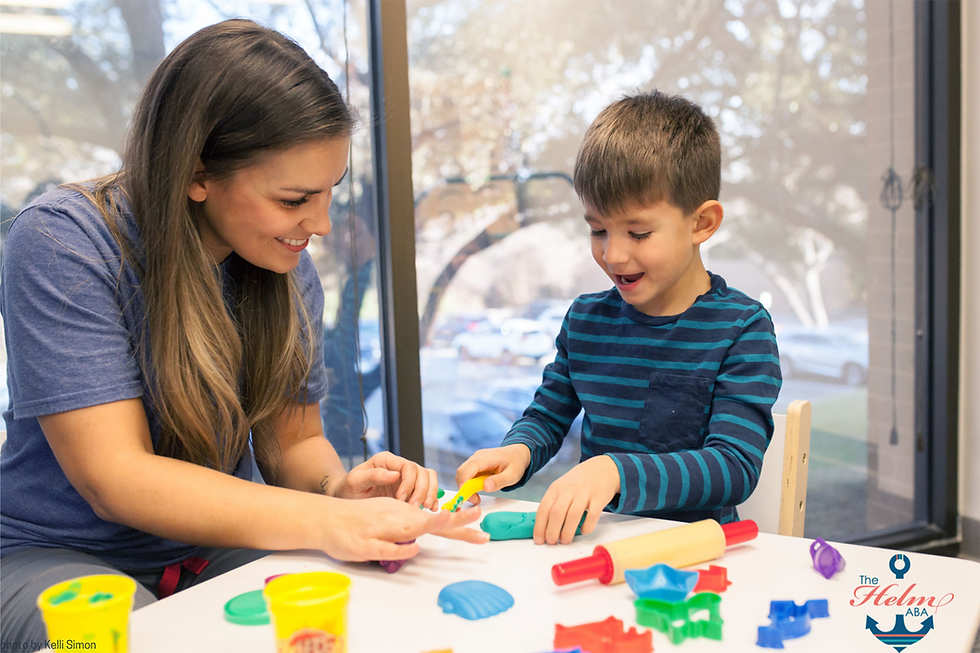A Closer Look at Botox and Phenol Injections for Children: Understanding Benefits and Risks
- Rehan Naser

- Apr 17
- 2 min read
Updated: May 3
Pediatric medicine is always evolving, with new treatments offering hope to children facing various physical challenges. In this context, Botox and phenol injections are making their way into the treatment of various neurological conditions in children. These include muscle spasticity, cerebral palsy, dystonia, and others. These shots are designed to offer targeted relief to muscle tightness, which in turn improves the quality of life.

How Botox and Phenol Injections Work?
Phenol shots as well as Botox injections are meant to relieve muscles that are excessively tight. Made from a cleaned and purified version of botulinum toxin, Botox obstructs nerve signals that are causing contractions of muscles. On the flip side, phenol is a kind of alcohol that breaks nerve pathways, causing spasticity. The doctor uses imaging instruments to guide these shots, ensuring it is reaching the targeted muscle sets.
Although these therapies are usually judged safe, some possible side effects are transient weakness, pain at the injection site, or mild flu-like symptoms.
Under what category of children might these Injections be useful?
Most often, these injections are given to those children suffering from:
Corticospinal syndromes, including varied forms of cerebral palsy
Muscle spasticity can also be treated with a physical therapy approach.
Mobility problems resulting from damage to the spinal cord or head
Dystonia and more.
In Conclusion
So, you can see that for kids with specific neuromuscular disorders, Botox and phenol injections can be life-changing pediatric medicine. If you are interested in delving deeper into this topic and how it can benefit your child, then click on
https://www.youtube.com/watch?v=zmbZ9dkwTAo&list=PLnMQW_aJkTHGmawomvebZezqRqYj0jVMe&index=2 to see the most recent podcast episode with Hope AMC for professional opinions on pediatric injection therapy.



Comments